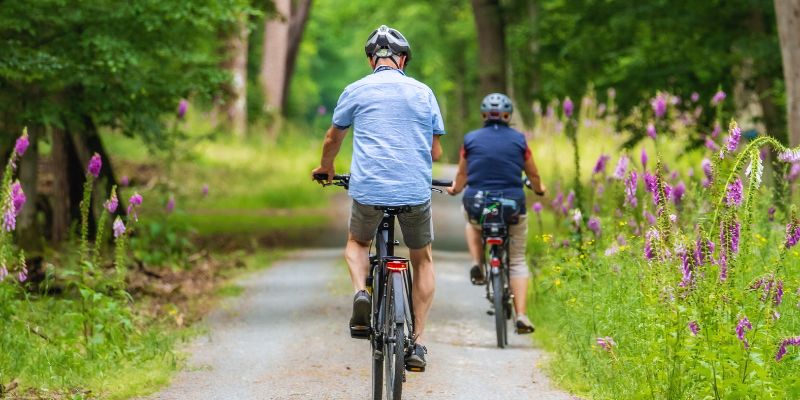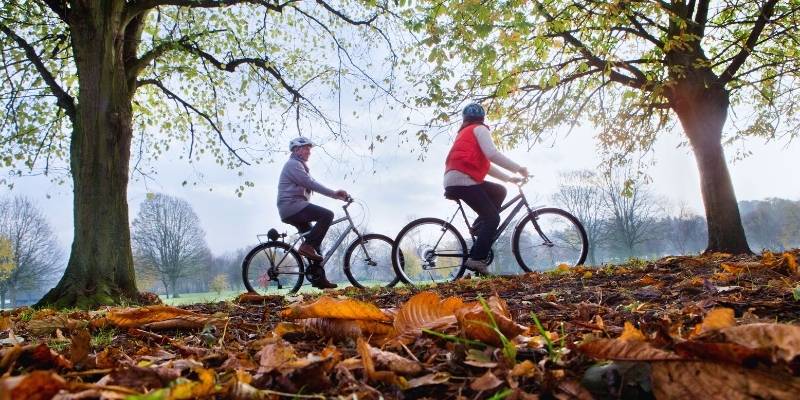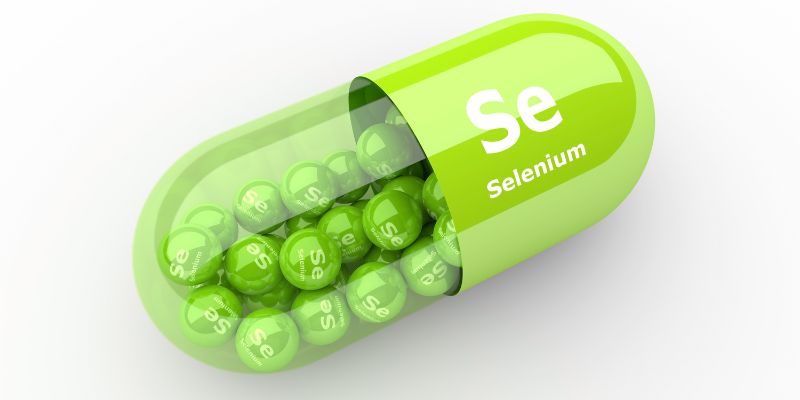How Long Should You Wait to Bike After a Biopsy: Everything You Should Know
Returning to your preferred activities following a biopsy can be both exhilarating and worrisome. For those who enjoy riding, understanding when it is safe to return to the road helps prevent issues. A biopsy requires your body to recuperate correctly before starting physical activity. Your recuperation schedule is partly influenced by the kind of biopsy, its location, and your general health.
You might ask, "How long should I wait before hopping back on my bike?" While waiting too long may feel unpleasant, rushing might cause unwarranted suffering. This guide addresses your concerns and offers doable advice on how to heal and resume riding properly. We will guide you confidently, from knowing healing times to knowing what to avoid.

Types of Biopsies and Recovery Times
Below are the common types of biopsies, their recovery times, and essential precautions for safe healing.
Skin Biopsy
Examining worrisome skin lesions is easy with a skin biopsy. One removes a tiny portion of skin here. A skin biopsy normally takes one to two weeks to heal. Steer clear of riding for at least three to five days following the surgery. It prevents inflammation and lets the wound close. To encourage recovery, always keep the biopsy site dry and clean. If necessary, cover it with a bandage. If the biopsy region is big, your doctor could advise postponing physical exercise. Use their guidance to steer clear of reopened wounds.
Needle Biopsy
A needle biopsy takes tissue from organs or muscles or other deeper locations. The site of the biopsy influences the recovery duration. After a few days, most people can resume modest exercise. Riding, though, could strain the biopsy site. One to two weeks should be plenty to wait before riding. It lessens pain or bleeding risk. Always consult your doctor for particular recommendations depending on your biopsy. Steer clear of any movement stressing the afflicted area.
Surgical Biopsy
Larger incisions in surgical biopsies allow one to gather tissue. These operations demand more extended recuperation durations and are more intrusive. The incision's extent will determine how healing takes two to four weeks. You are not advised until your doctor clears you are riding a bike. Riding a bike, among other intense activities, can extend the incision site. It could bring discomfort or slow down healing. Over the first few weeks, concentrate on soft motions and rest.
Factors Affecting Your Recovery
Below are the key factors influencing your biopsy recovery: location, activity type, and medical guidance for safe healing.
- Biopsy Location: The location of the biopsy significantly influences your recovery period. Biopsies next to muscles or joints, for instance, heal more slowly. These locations shift more, which raises the possibility of problems. Riding could directly affect the spot if the biopsy is on your leg. It can bring discomfort or slow healing. Plan your return to bike always with consideration for the location.
- Type of Activity: Riding a bike requires repeated lower body pressure and leg motions. If your biopsy site is in this location, riding too soon could lead to problems. Start with light exercises like walking and then go back to riding. Until you're healed, avoid high-intensity riding or long rides. These pursuits could put more pressure on the biopsy site. Listen to your body as you heal and progressively raise your exercise level.
- Doctor's Advice: The most crucial element in recovery is your doctor's advice. Use their advice on when to pick back up riding. They could change schedules depending on your healing development or any difficulties. Ignoring medical advice could cause infections or setbacks. Always put your health before rushing back to engage in physical exercise.

Tips for a Smooth Recovery
Below are practical tips to ensure a smooth recovery after a biopsy, helping you heal safely and return to activities.
- Rest and Elevation: Rest is crucial to help your body heal after a biopsy. If feasible, raise the afflicted area. It helps to speed recovery and lessens edema. If the biopsy occurred on your leg, keep it raised whether you are sitting or lying. Steer clear of extended standing or walking throughout the first period of recovery.
- Follow Wound Care Instructions: Avoiding infections depends on good wound treatment. As your doctor told me, clean the biopsy site. Use any recommended ointments, then cover the area if necessary. Steer clear of water, as used in bathing or swimming, soaking the biopsy site. It raises infective risk and slows healing.
- Gradual Return to Activity: Don't return to riding or other demanding pursuits. Start with little exercises like brief walks or stretches. Before raising the intensity, track your body's reaction. Gradual advancement lets your body adjust without stressing the biopsy site excessively. This method also reduces the possibility of the wound opening once more.
When Can You Safely Bike Again?
The type of biopsy, its location, and your healing status all affect the timing for safely riding following a biopsy. Usually, waiting times run from a few days to several weeks. For small surgeries like skin biopsies, you might have to wait three to five days before starting light exercise or mild riding. If the biopsy site is in a high-movement area, say near a joint, it is advisable to wait longer to prevent aggravation or wound reopening.
Invasive biopsies, including surgical ones, take longer to heal. Usually requiring two to four weeks of recovery, these surgeries allow one to participate in demanding sports like riding. You should follow your doctor's advice. When you're ready, start on short, simple rides on smooth ground. Steer clear of early, fast-paced cycling or steep climbs. As your body adjusts, steadily raise the intensity.
Conclusion:
Starting riding following a biopsy calls for patience and careful attention to your body's demands for recovery. The type and size of the biopsy will greatly influence your timing. A safe return depends on your doctor's instructions, good wound care, and a slow resumption into activities. Steer clear of rushing back into vigorous riding to avoid problems, including infections or reopening of wounds. Pay close attention to your body and look for any odd recovery-related symptoms. You can boldly return to riding with confidence and care without compromising your recovery process or health.











